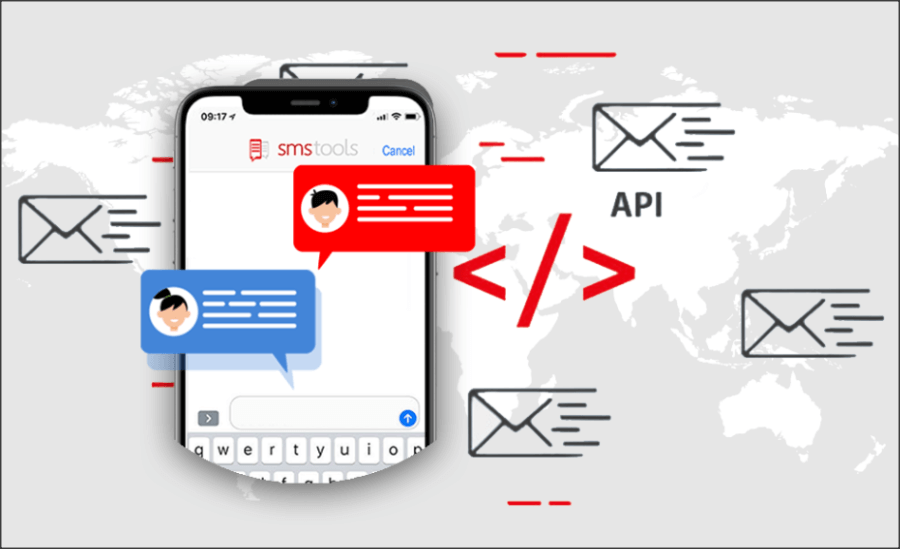📑 Table of Contents
Text message marketing is one of the most effective tools in a modern CMO’s arsenal. SMS cuts through the noise, lands directly in a customer’s pocket, and gets opened almost instantly. Studies show open rates above 90%, with many messages read within three minutes. That makes SMS far more powerful than email or social ads when it comes to attention.
But effectiveness comes with responsibility. When done wrong, SMS can damage trust, drive customers away, or even create legal trouble. The challenge for CMOs is to harness its potential without falling into traps that derail performance.
Let’s explore six of the most common SMS marketing pitfalls that CMOs encounter, why they matter, and how you can avoid them.
Pitfall 1: Neglecting Compliance Rules
One of the biggest risks in SMS marketing lies in compliance. Governments worldwide impose strict regulations to protect consumers. In the U.S., the Telephone Consumer Protection Act (TCPA) requires explicit consent before sending messages. In Europe, GDPR adds even stricter standards around consent and data handling.
Ignoring these rules is not just careless—it’s costly. Companies have faced millions in fines for sending unsolicited texts. Beyond financial penalties, non-compliance erodes trust. A single unwanted message can turn a loyal customer into a vocal critic on social media.
How to Avoid It:
- Always use opt-in methods like website sign-ups or keyword-based subscriptions.
- Document consent in your CRM.
- Include a clear opt-out option in every text (e.g., “Reply STOP to unsubscribe”).
- Audit your SMS practices regularly to stay updated with changing laws.
Compliance isn’t just legal protection. It’s also a trust-building measure that shows customers you respect their privacy.
Pitfall 2: Sending Too Many Messages
SMS gives you direct access to customers—but overuse turns convenience into intrusion. Bombarding subscribers with daily promotions often triggers frustration. Many opt out when they feel overwhelmed.
At the same time, sending too few texts risks irrelevance. A subscriber may forget why they signed up in the first place. The sweet spot lies in consistency without excess.
For example, an e-commerce brand might send two to four messages per month. During seasonal campaigns like holidays, they can increase frequency, but always with caution.
How to Avoid It:
- Segment your audience and adapt frequency. Loyal buyers might welcome weekly updates, while new subscribers need fewer.
- Test different schedules and track opt-out rates.
- Communicate expectations upfront. For instance, “Sign up for up to 4 exclusive offers per month.”
Consistency earns trust. Overload drives exits.
Pitfall 3: Ignoring Personalization
Today’s customers expect relevance. A generic “Flash Sale Today!” message no longer cuts it. Without personalization, SMS feels like spam.
Personalization, however, doesn’t have to be complex. Even simple touches such as using a customer’s first name or tailoring offers to past purchases make a big difference. Imagine the difference between:
- Generic: “Get 20% off today only.”
- Personalized: “Hi Sarah, your favorite sneakers are back in stock—grab them with 20% off today.”
The second feels relevant and engaging. It signals that the brand knows Sarah and values her preferences.
How to Avoid It:
- Integrate SMS with your CRM or e-commerce data.
- Use purchase history, location, or browsing behavior to shape offers.
- Segment by demographics or loyalty level for sharper targeting.
Personalization increases not only click-through rates but also long-term loyalty. Customers reward brands that “get” them.
Pitfall 4: Failing to Measure Performance
Too many CMOs launch SMS campaigns without a strong measurement framework. They celebrate high open rates but forget that opens don’t equal conversions.
Without analytics, you miss key insights: Which messages drive clicks? Which cause opt-outs? Which campaigns generate revenue? Lack of data-driven decisions leads to wasted budgets and stagnant results.
How to Avoid It:
- Track beyond delivery and open rates. Focus on click-throughs, conversion rates, and revenue per message.
- Run A/B tests with different copy, timing, or calls-to-action.
- Compare campaign performance over time to identify winning strategies.
For example, if two promotional messages get the same open rate but one drives double the conversions, you know which copy resonates better. Measurement turns SMS into a science, not a guessing game.
Pitfall 5: Overcomplicating Messages
SMS shines because of its brevity. A long, cluttered text loses attention quickly. Customers don’t want to scroll through paragraphs on their phone.
The goal of each message should be clarity. Stick to one idea and one call-to-action. Instead of crowding an SMS with multiple offers, focus on one strong incentive.
For example:
- Overcomplicated: “We’ve launched our winter collection with jackets, boots, and accessories—all with up to 40% off. Shop online or in-store. Hurry before stock ends.”
- Clear: “Winter jackets now 40% off. Shop here: [link].”
The second is sharper, faster, and more likely to drive clicks.
How to Avoid It:
- Keep messages under 160 characters when possible.
- Use links for detailed info instead of cramming it into the SMS.
- Write with clarity first, creativity second.
Simplicity is the reason SMS outperforms many channels. Don’t lose that edge by overcomplicating.
Pitfall 6: Treating SMS as a Standalone Channel
Many CMOs make the mistake of isolating SMS from the broader marketing strategy. While SMS is powerful on its own, it’s even stronger when integrated.
Think about an abandoned cart. An email reminder might get buried, but a quick SMS nudge can seal the deal. Or consider a holiday campaign—combine email, social media, and SMS for maximum reach. SMS adds immediacy to multi-channel campaigns.
How to Avoid It:
- Sync SMS with email, CRM, and social strategies.
- Use SMS for time-sensitive actions while other channels handle storytelling.
- Create a unified customer journey across touchpoints.
When SMS works hand-in-hand with other channels, the customer experience feels seamless instead of fragmented.

Final Thoughts
SMS marketing offers unmatched immediacy and engagement, but it’s not foolproof. CMOs who overlook compliance, over-message, or skip personalization often face poor results and customer backlash. Those who fail to measure outcomes or overcomplicate messages also miss growth opportunities.
The solution is straightforward: respect compliance, send the right amount of messages, personalize where possible, measure everything, and keep it simple. Most importantly, view SMS as part of an integrated marketing ecosystem.
Avoiding these six pitfalls can transform SMS from a risky tool into a revenue-driving powerhouse. When customers feel respected, engaged, and valued, they respond. That’s the true power of text marketing.
